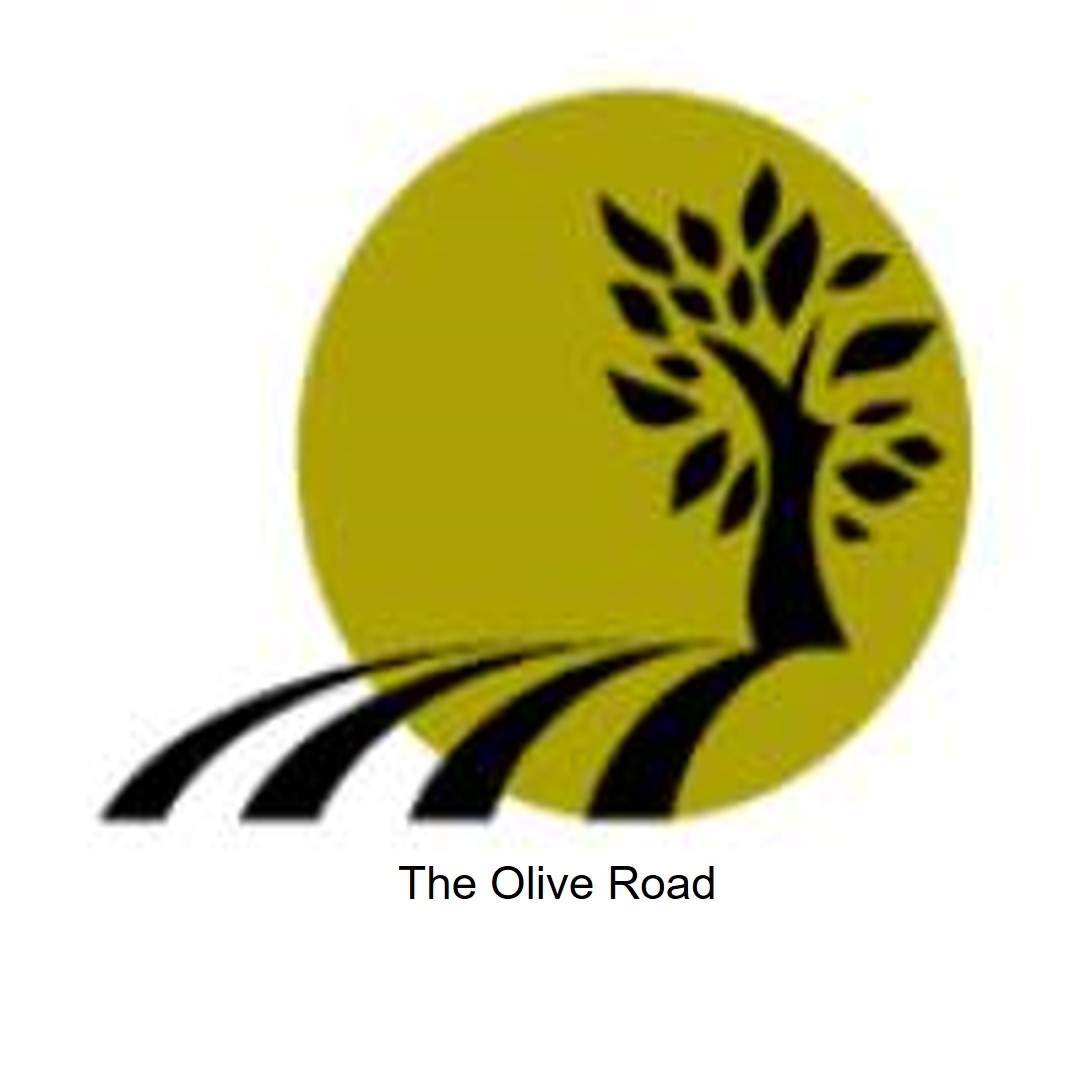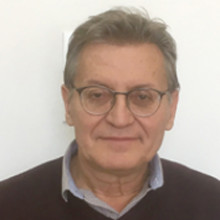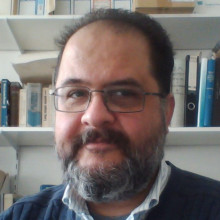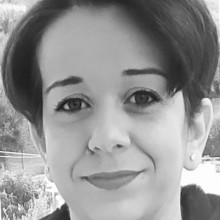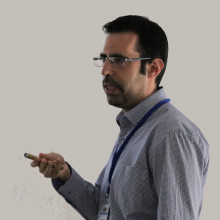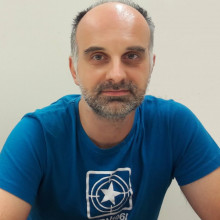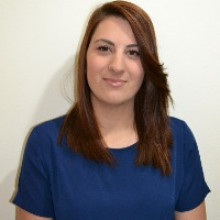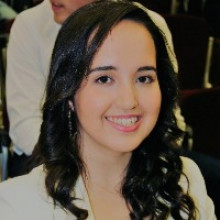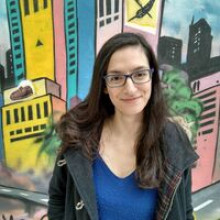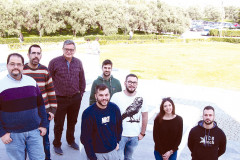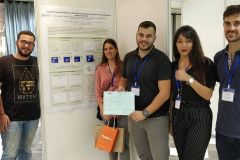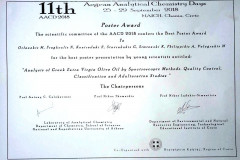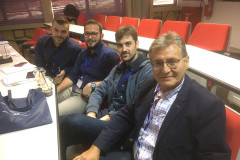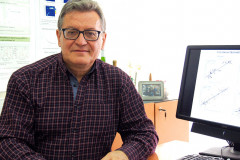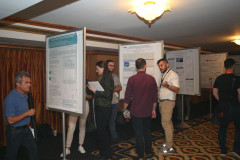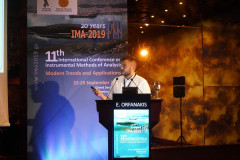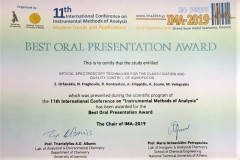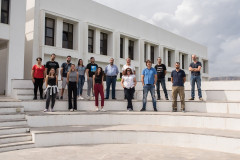The objectives of the group are:
-
Dynamic processes in Atoms. Molecules and Materials - Cluster Physics and Chemistry
-
Photoscience applications – Photonics in Agrofoods and Environment
We apply our know-how from the basic research studies for investigations in several applied fields such as:
-
Mass spectrometry in combination with laser induced break down spectroscopy (LIBS) for the analysis of the composition and structure of cultural heritage materials (in collaboration with the group working in the cultural heritage projects).
-
Nanostructured materials produced by laser ablation in liquids in conjugation with biomolecules.
-
Uv-Vis and fluorescence spectroscopy to control the quality and the origin of agrofoods.
-
Laser spectroscopy for environmental studies aiming in detecting traces of greenhouse gases in the environment due to agricultural applications.
Research Topics
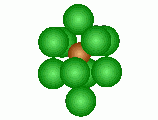
The research targets the understanding of the formation mechanisms, the stability, the structure (geometric and/or electronic) and the properties (optical activity, chemical reactivity, catalytic activity) of clusters and free biomolecules and also the study of nanostructured materials made out of clusters.
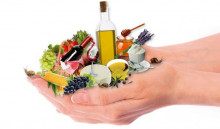
At the Photonics for Agrofoods and Environment laboratory, we employ an alternative approach for the quick monitoring of the characteristic substances contained in food samples, with little or no processing.
We rely on our expertise in the area of the interaction of light with matter and the development of specialized optical spectroscopic analysis methods (such as light absorption and fluorescence techniques). This way, we can record the optical spectrum that is the characteristic "fingerprint" and reflects the chemical composition of a sample. Different samples have a different fingerprint and the detected differences or similarities are used for:
- identification,
- origin and quality control
We focus on spectroscopic methods such as UltraViolet/Visible, Near Infrared, Fourier Transform Infrared (FTIR), Fluorescence, Laser induced Fluorescence (LIF), Time Resolved Florescence, Raman and Laser Induced Break Down Spectroscopy (LIBS). These techniques are quick and much "cheaper" than the time-consuming and costly conventional analytical techniques.
Our technology is used for:
- Distinction of varieties of several agrofoods products (wine, oil, honey, milk, etc.)
- Monitoring of wine maturation in relation to time and kind of barrel
- Quality control of products
- Detection of adulteration
- Application of laser spectroscopic techniques for the detection of specific chemical substances in foods (contaminants, plasticizers, pesticides ...)
- Creation of a database for the prominence of local varieties and the characterization of their geographical origin







